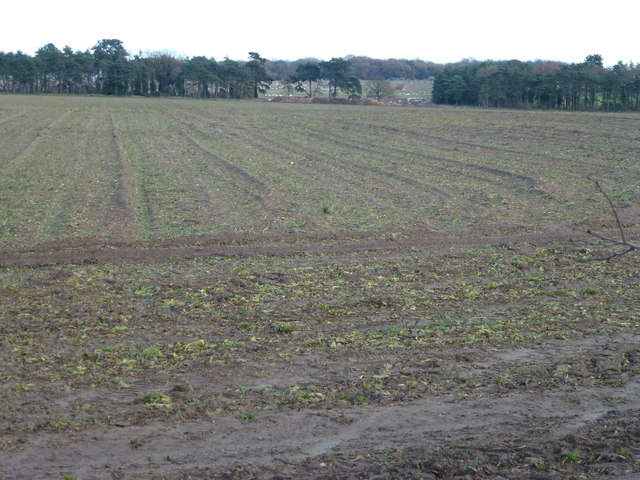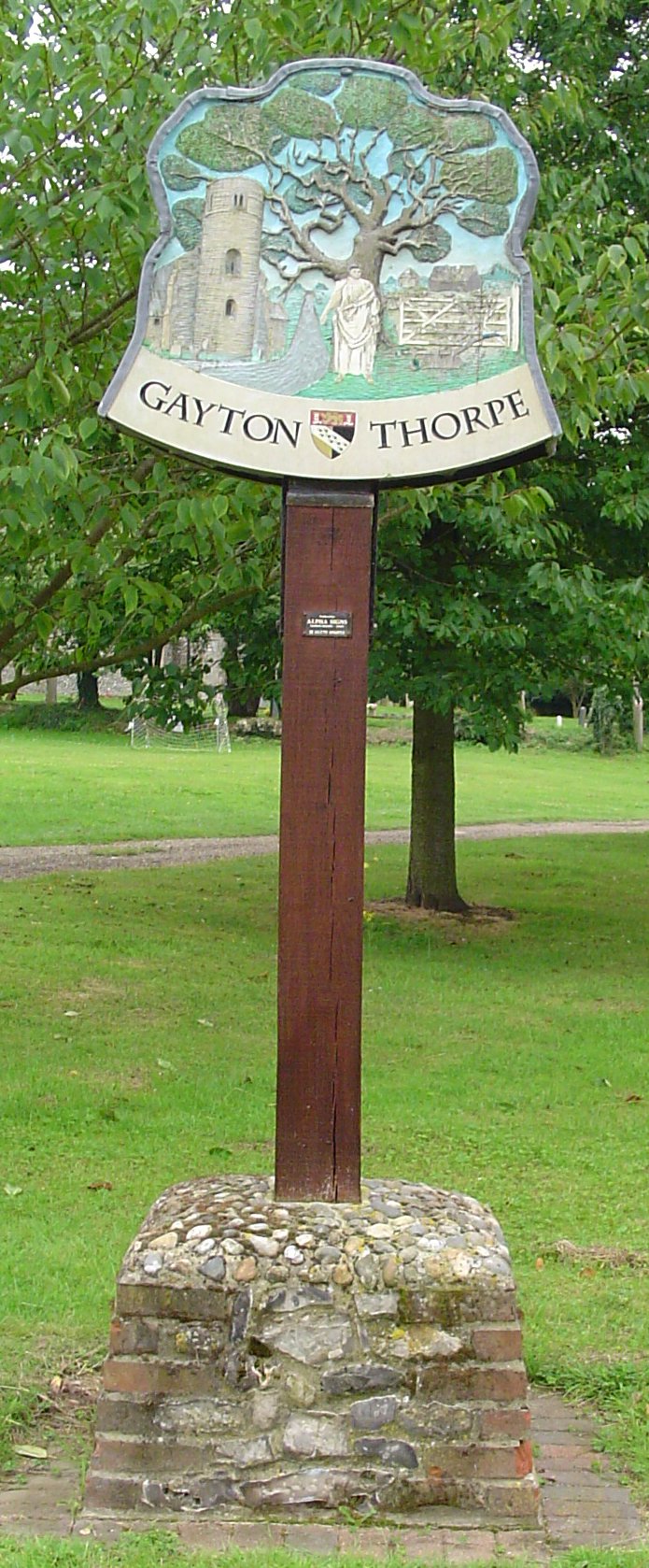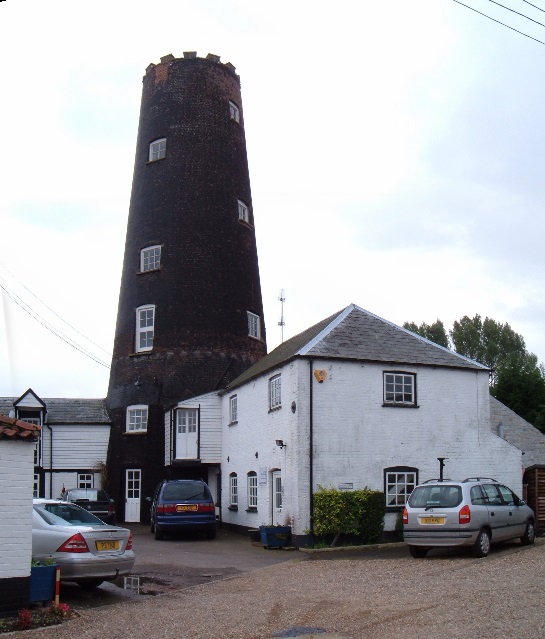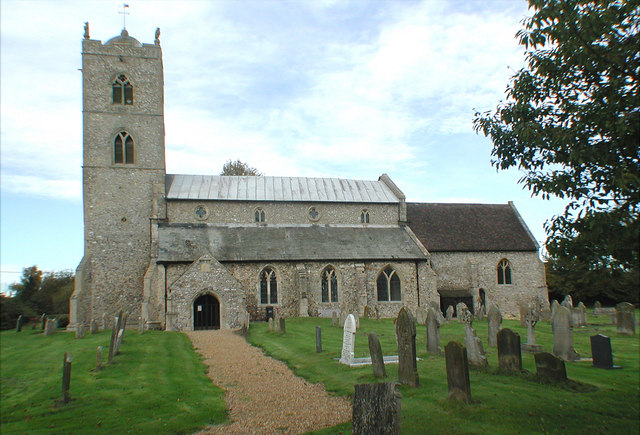Gravelpit Plantation
Wood, Forest in Norfolk King's Lynn and West Norfolk
England
Gravelpit Plantation

Gravelpit Plantation is a historical site located in Norfolk, Virginia. Situated in the Wood neighborhood, more commonly known as the Forest area, this plantation holds significant historical and cultural value.
Originally established in the late 17th century, Gravelpit Plantation was primarily used for the cultivation of tobacco. The plantation covered a vast area of land, with several buildings serving various purposes. The main plantation house served as the residence for the plantation owner and their family. Additionally, there were separate quarters for enslaved individuals who worked on the plantation. These quarters provided insight into the harsh realities of slavery during that era.
Over the years, Gravelpit Plantation has undergone several renovations and modifications. Today, it stands as a testament to the region's rich history, providing visitors with a glimpse into the past. The plantation house, with its distinct architectural features, showcases the craftsmanship of the time. Some original artifacts, including furniture and tools, are on display, offering a tangible link to the plantation's past.
Gravelpit Plantation is now open to the public as a museum and heritage site. Visitors can explore the grounds, tour the plantation house, and learn about the daily lives of both the plantation owners and the enslaved individuals who labored there. The plantation's historical significance and educational value make it a popular destination for both locals and tourists seeking to understand the impact of slavery and plantation life in the region.
If you have any feedback on the listing, please let us know in the comments section below.
Gravelpit Plantation Images
Images are sourced within 2km of 52.725992/0.57772582 or Grid Reference TF7417. Thanks to Geograph Open Source API. All images are credited.




Gravelpit Plantation is located at Grid Ref: TF7417 (Lat: 52.725992, Lng: 0.57772582)
Administrative County: Norfolk
District: King's Lynn and West Norfolk
Police Authority: Norfolk
What 3 Words
///photos.quit.competing. Near Narborough, Norfolk
Nearby Locations
Related Wikis
Gayton Thorpe
Gayton Thorpe is a village and former civil parish, now in the parish of Gayton, in the King's Lynn and West Norfolk district, in the county of Norfolk...
Gayton Thorpe Roman Villa
Gayton Thorpe Roman Villa is the site of a Roman villa, near Gayton Thorpe and about 5 miles (8 km) east of King's Lynn, in Norfolk, England. It was discovered...
East Walton and Adcock's Common
East Walton and Adcock's Common is a 62.4-hectare (154-acre) biological and geological Site of Special Scientific Interest south-east of King's Lynn in...
East Walton
East Walton is a village in the English county of Norfolk. The village is located 7.8 miles (12.6 km) south-east of King's Lynn and 31 miles (50 km) north...
Gayton Windmill, Norfolk
For the Gayton Windmill now in Merseyside see Gayton Windmill, Cheshire Gayton Mill is a Grade II listed tower mill at Gayton, Norfolk, England which...
St Nicholas Church, Gayton
St Nicholas Church is a Church of England church located in Gayton, Norfolk. == Overview == The construction of the church building was completed in 1604...
Gayton, Norfolk
Gayton is a village and civil parish in the English county of Norfolk. The village is located 6 miles (9.7 km) east of King's Lynn and 32 miles (51 km...
Bilney railway station
Bilney railway station was located on the line between East Winch and Narborough and Pentney. It served the village of West Bilney, and closed in 1866...
Nearby Amenities
Located within 500m of 52.725992,0.57772582Have you been to Gravelpit Plantation?
Leave your review of Gravelpit Plantation below (or comments, questions and feedback).




















